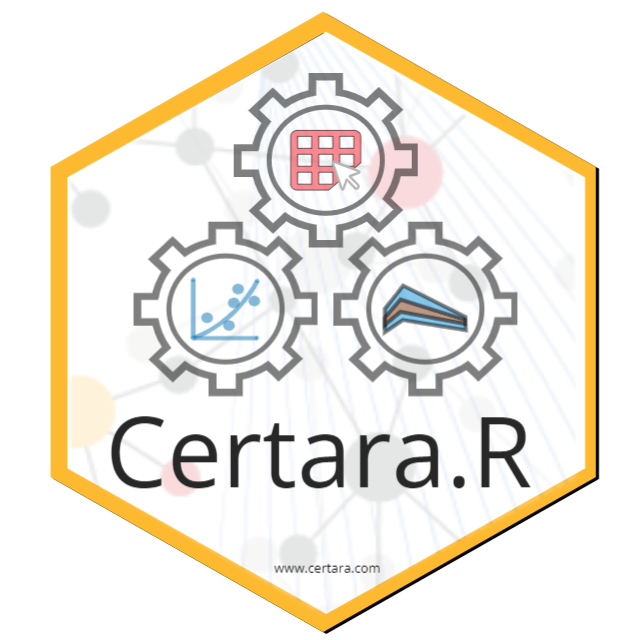
Certara.R provides a collection of packages and Shiny applications designed for Pharmacometric workflows in R. Shiny applications provide the ability to generate R code given point-and-click operations, enabling a reproducible and extensible workflow from Shiny GUI to RStudio. Learn more
Installation and Running Information
install.packages("Certara.R")
library(Certara.R)
install_certara_packages()
check_certara_package_versions()Modeling
The RsNLME suite of packages use Certara’s NLME-Engine for execution. Create, edit, and execute a Phoenix NLME model, directly from R!
RsNLME 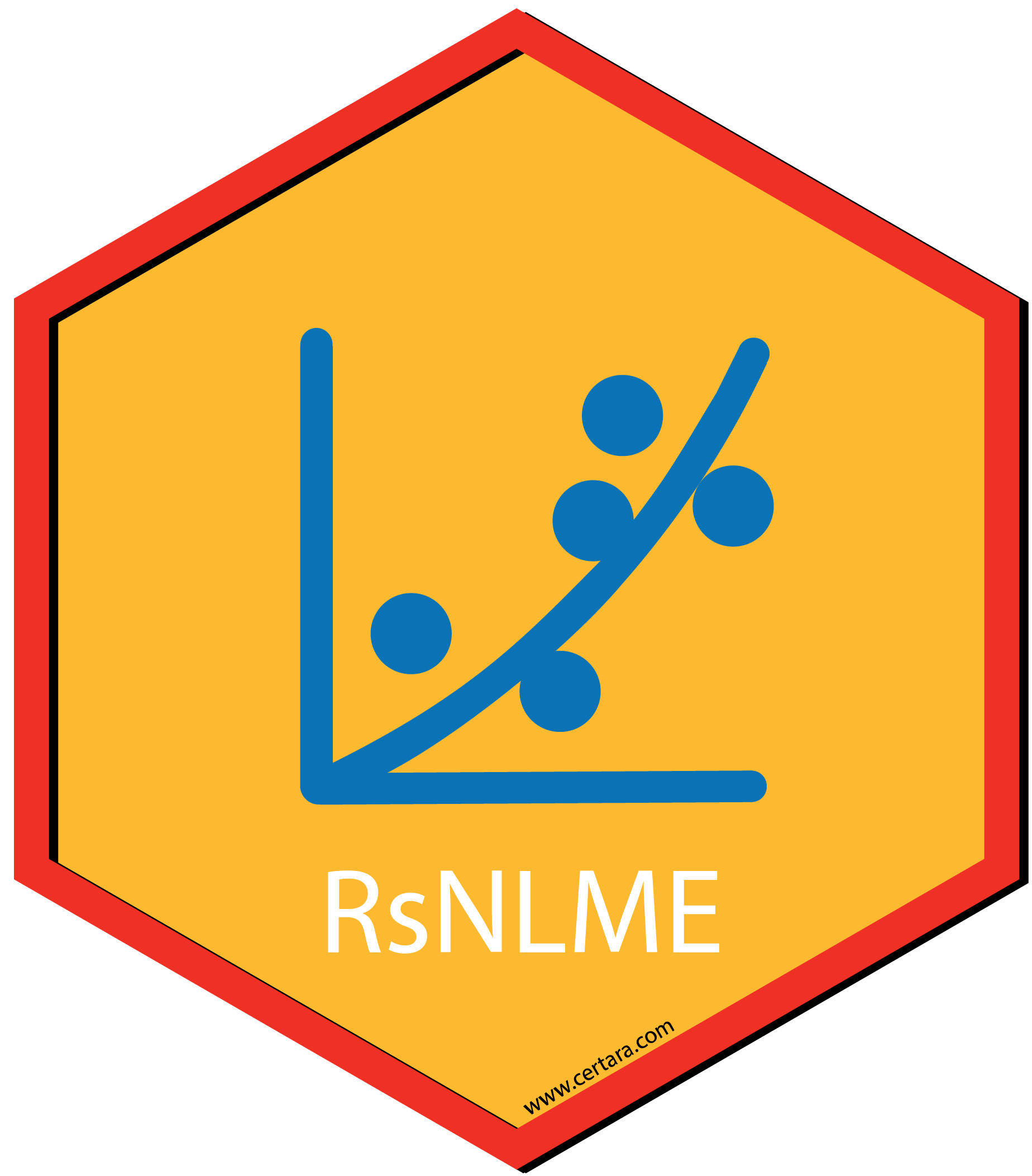
Certara.RsNLME uses tidyverse syntax to build Non-Linear-Mixed-Effects (NLME) models in R. Create and execute NLME models using built-in R functions, or execute models with PML code used in Phoenix PK/PD Platform.
RsNLME.ModelBuilder 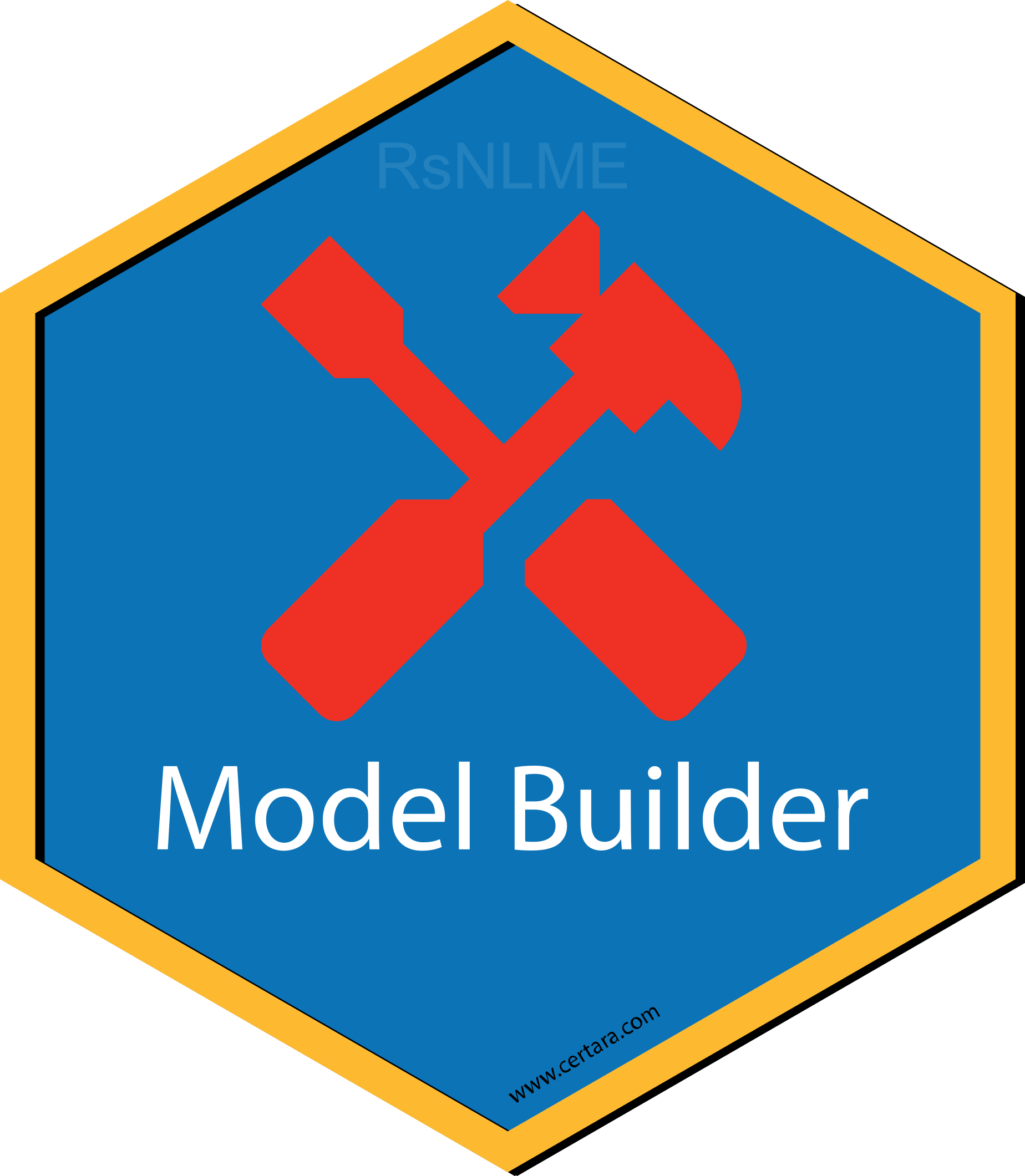
Certara.RsNLME.ModelBuilder is an R package and Shiny application used to build an RsNLME model.
Use the GUI to select from various model building options and observe the PML update in real time. Additionally, users may generate the corresponding RsNLME code to reproduce the model object from R.
RsNLME.ModelExecutor 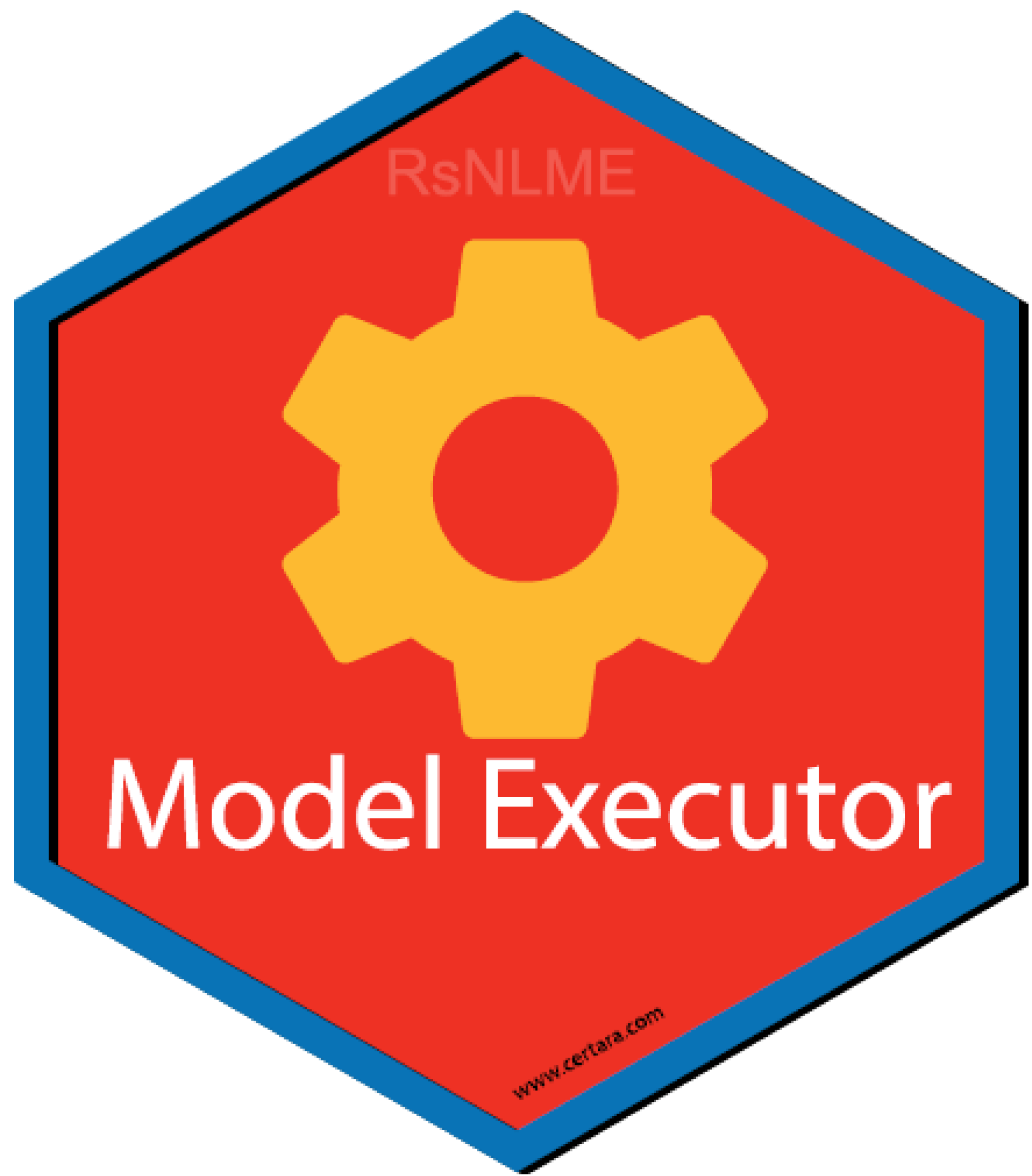
Certara.RsNLME.ModelExecutor is an R package and Shiny application used to execute an RsNLME model.
Use the GUI to add additional output tables, specify engine parameters, select various run types, and more!
Machine Learning Model Development Tools
RDarwin 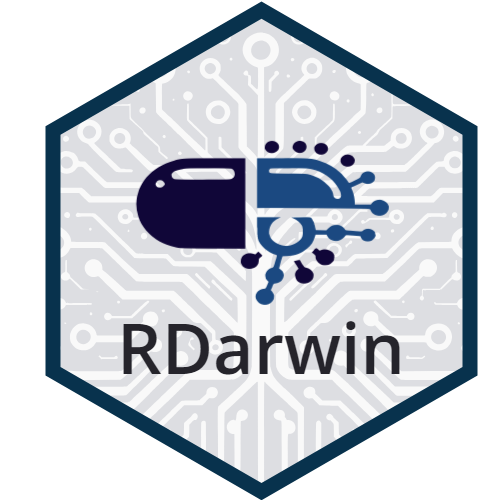
Certara.RDarwin is an R package designed to facilitate the usage of pyDarwin with the Certara NLME pharmacometric modeling engine from the R command line. The Python package, pyDarwin, is a powerful tool for using machine learning algorithms for model selection.
DarwinReporter 
Certara.DarwinReporter is an R package that provides a Shiny application, in addition to various plotting and data summary functions, for analyzing results of a pyDarwin automated machine learning based model search.
Simcyp™
The Simcyp R package supports R script interactions with the Simcyp™ PBPK Simulator, a propriety software used for modeling and simulation for pharmaceutical and other applications in life sciences. This package allows users to load and modify workspaces, run the physiologically based pharmacokinetics models (PBPK) developed in Simcyp™ and interrogate results. To use this package, the user must have a Simcyp™ Simulator license.
To request access to the latest Simcyp R package, please contact us at simcyp.support@certara.com.
Example Simcyp™ R scripts can be found here.
Certara.SimcypVBE
Certara.SimcypVBE is an R package and Shiny application integrated within Pirana for extensible R based Virtual Bioequivalence (VBE) workflows using the Simcyp™ Simulator. The Certara.SimcypVBE package requires the Simcyp package and Pirana in order to use.
Diagnostic Plots and Tables
ModelResults 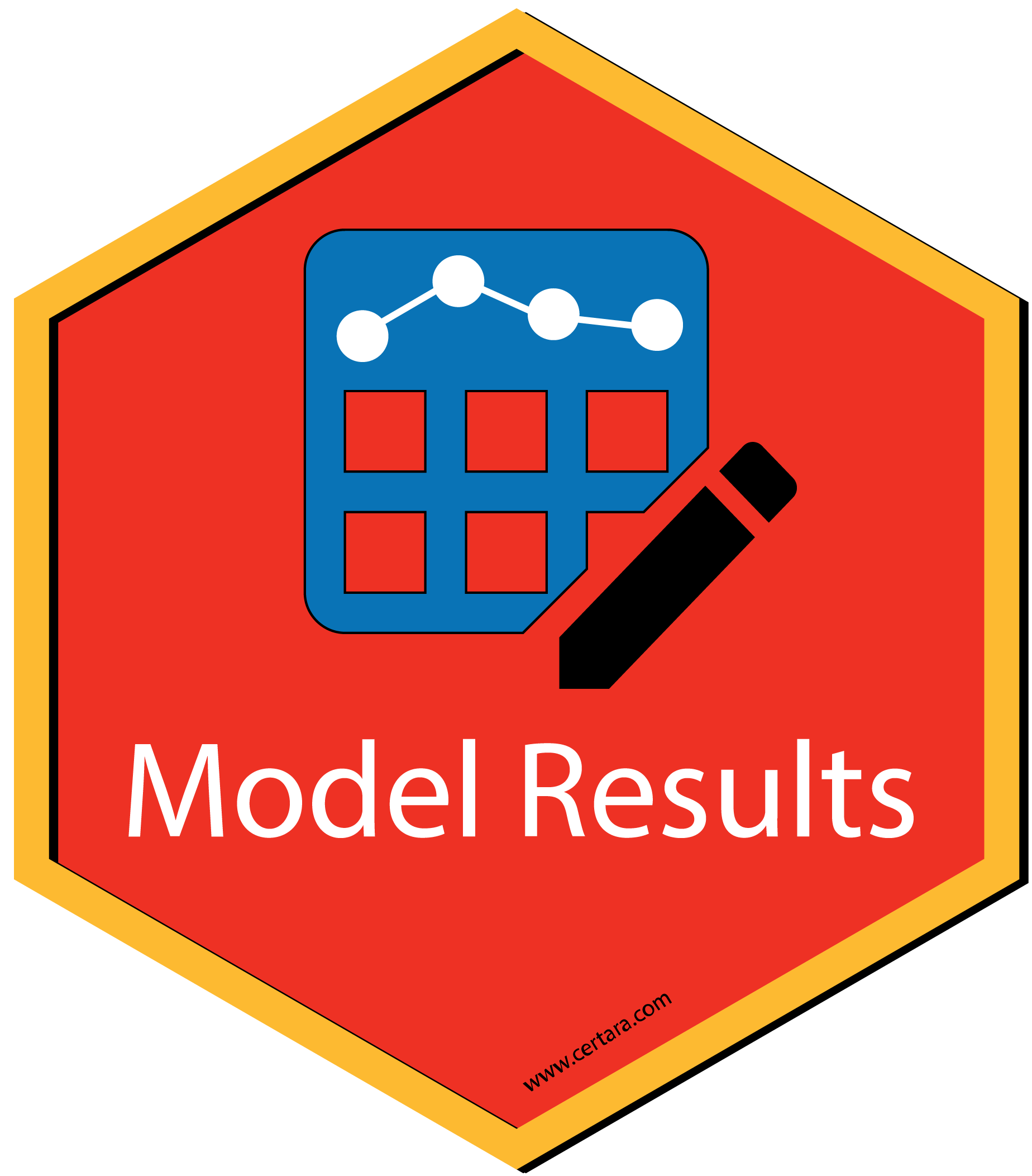
Certara.ModelResults is an R package and Shiny GUI used to generate, customize, and report model diagnostic plots and tables from NLME or NONMEM runs.
Users are not limited by the GUI however, Certara.ModelResults will generate the underlying flextable and xpose/ggplot2 code (.R and/or .Rmd) for you inside the Shiny application, which you can then use to recreate your plot and table objects in R, ensuring reproducibility and trace-ability of model diagnostics for reporting output.
XposeNLME 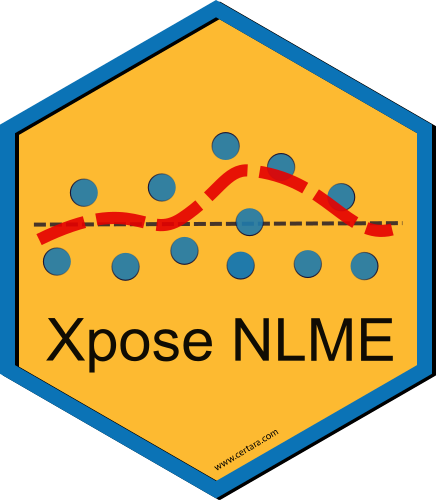
Certara.Xpose.NLME is an R package used to creates xpose databases (xpose_data) for PML/NLME results. Additionally, Certara.Xpose.NLME offers various covariate model diagnostic functions, not available in the xpose package.
coveffectsplot 
coveffectsplot is an R package that provide the function forest_plot and an accompanying Shiny application that facilitates the production of forest plots to visualize covariate effects as commonly used in pharmacometrics population PK/PD report
Learn more about the package here.
Visual Predictive Check (VPC)
VPCResults 
Certara.VPCResults is an R package and Shiny application used to parameterize and plot a Visual Predictive Check (VPC).
Use the GUI to select from various binning or binless methods and specify options such as censoring, stratification, and prediction-corrected.
Users are not limited by the GUI however, Certara.VPCResults will generate the underlying tidyvpc and ggplot2 code (.R and/or .Rmd) for you inside the Shiny application, which you can then use to recreate your plot and table objects in R, ensuring reproducibility of VPC’s for reporting output.
tidyvpc 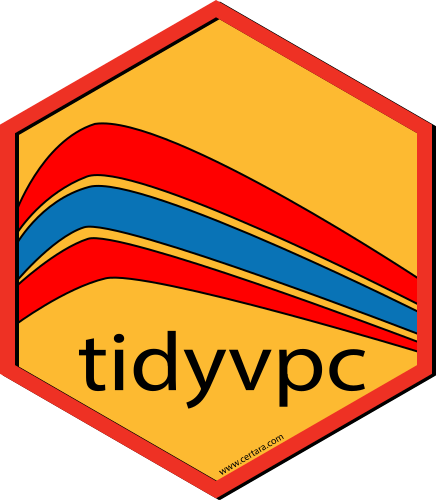
The tidyvpc package is used to perform a Visual Predictive Check (VPC), while accounting for stratification, censoring, and prediction correction.
Using piping from ‘magrittr’, the intuitive syntax gives users a flexible and powerful method to generate VPCs using both traditional binning and a new binless approach Jamsen et al. (2018) doi:10.1002/psp4.12319 with Additive Quantile Regression (AQR) and Locally Estimated Scatterplot Smoothing (LOESS) prediction correction.
Exploratory Data Analysis (EDA)
ggquickeda 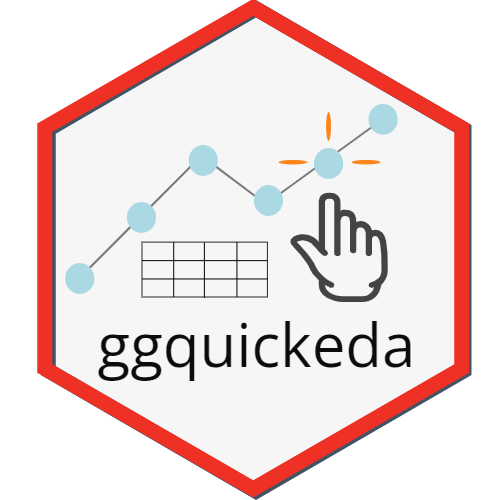
ggquickeda is an R Shiny app/package providing a graphical user interface (GUI) to ggplot2 and table1.
It enables you to quickly explore your data and to detect trends on the fly. Create scatter plots, dotplots, boxplots, barplots, histograms, densities and summary statistics of one or multiple variable(s) by column(s) splits and an optional overall column.
In addition, ggquickeda also provides the km, kmband and kmticks geoms/stats to facilitate the plotting of Kaplan-Meier Survival curves.
For a quick overview using an older version of the app head to this YouTube Tutorial.
Other
ggcertara
ggcertara is an R package to provide used to provide a standardized look for plots employed by pharmacometricians. It provides a ggplot2 theme, color palette, and a collection of plotting functions for basic goodness-of-fit diagnostic plots.
See the following vignette for an overview of the package.
table1c
table1c is an R package for generating tables of descriptive statistics in HTML. It is a light wrapper around the table1 package with some customizations for the convenience of Certara IDD.
See the following vignette for an overview of the package.
pmxpartabc
pmxpartabc is an R package for generating parameter estimates tables. pmxpartabc provides ease of table generation via specification of NONMEM run_dir or information contained in a user-provided yaml file. Additional support for bootstrap estimates is provided.
Visit the pmxpartabc website for examples of usage details.